Epic Journey to the Stellar Cradles and Tombs: A Distant Glimpse
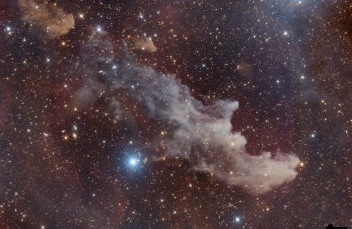
Hey, space adventurers! Get ready for a mind-blowing journey through the most distant galaxy ever seen! Today, let’s talk about stars, nebulae and all that cosmic stuff! Crazy news has come out! Some eggheads at Nagoya University, led by astronomy ace Yoichi Tamura, used an instrument called the Atacama Large Millimeter/submillimeter Array (ALMA) to make high-definition observations of a galaxy 13.2 billion light-years away in the constellation Eridanus. Did you know that this is the farthest distance ever observed for these cosmic things?
Before, they had spied on this very galaxy and noticed radio waves from oxygen and dust (yes, even dust has its moment) which are important components of interstellar nebulae, places where stars are born and die, the cycle of life! galactic! But now, with ALMA, they have excelled. For 28 hours, they pointed their antennae at MACS0416_Y1 (yes, name from a space movie), and what they found was mind-boggling. It turns out that the dust and the oxygen are kind of tangled up, avoiding each other, like two grumpy neighbors that you can’t even see in paint, and that gives clues to how the newborn stars in those nebulae ionize the gas around them. What a mess, but how interesting!

But that’s not all, little friends, they discovered a mega cavity that measures approximately 1,000 light years in the dusty areas. When many stars are born at once, with crazy supernova explosions, giant bubbles called “superbubbles” are formed in the nebulae. This is space fireworks, for real! To give you an idea, Takuya Hashimoto of the University of Tsukuba compared it to capturing the dim light of two fireflies from Tokyo to the top of Mount Fuji, 3 centimeters apart! Crazy!
And that’s not all, space boys and girls, measurements of the movement of gas in nebulae suggest that massive star clusters are forming there, like a star party in space. So, the head of these space adventurers, Tamura himself, is already planning future cosmic adventures with telescopes like the famous James Webb Space Telescope and other “Extremely Large Telescopes” up their sleeves. We are more and more amazed at what these stellar eyes can see!
Well boys, girls, and beings from all galaxies, that’s all for today, I hope you enjoyed your journey through the cosmos and that you learned something more about how stars are born and die in the most distant nebulae ever observed. See you in the next space adventure! Until next time, intrepid astronomers! 🚀🌌
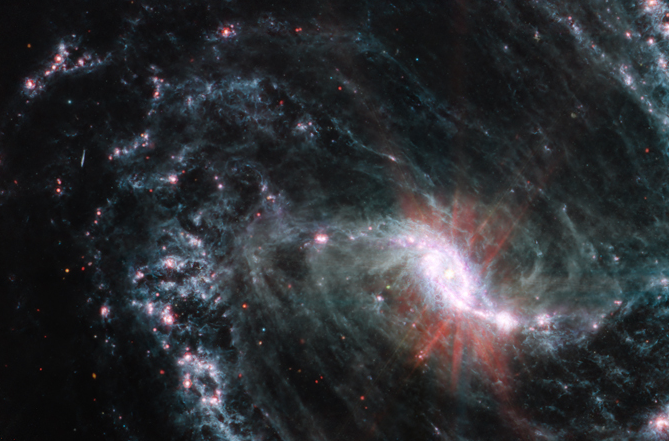
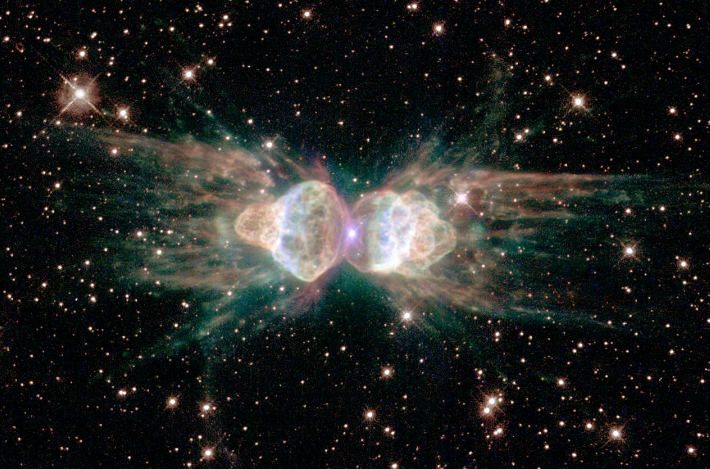
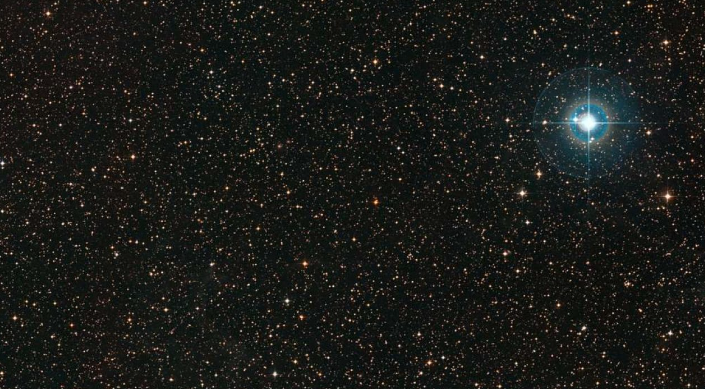
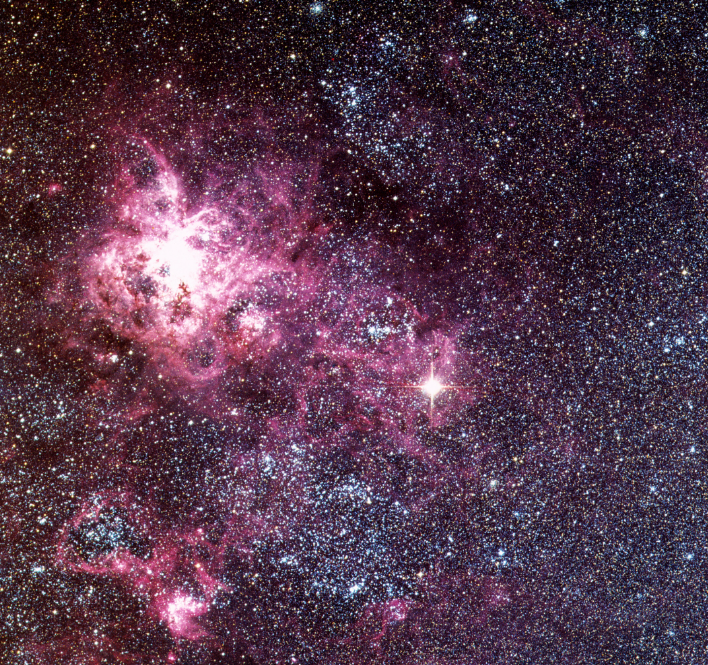
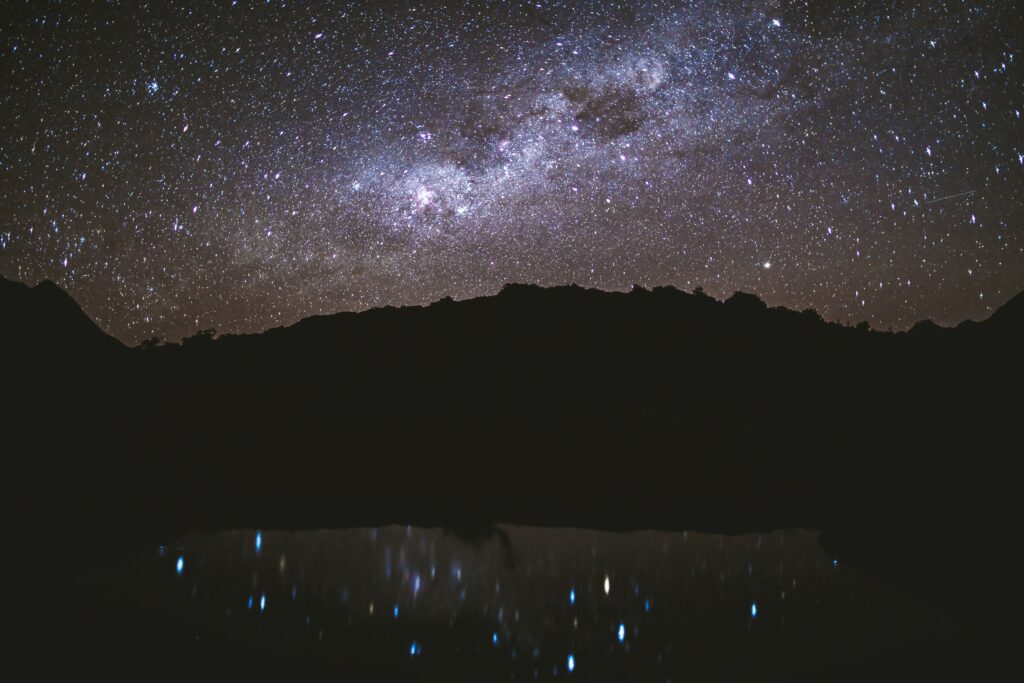
Responses